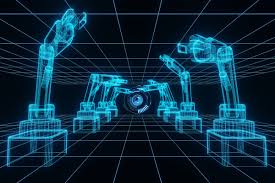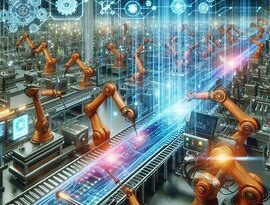Digital Twins
With the rapid development of technology, inter-industry transformation has also accelerated. The importance of digital twins is increasing in many areas, from production to healthcare, from automotive to the energy sector. So, what are digital twins and why are they so important?
What is a Digital Twin?
A digital twin is a virtual reflection of the real world in today’s digital age. By creating a digital model of an object or process, it allows us to simulate real-world objects or processes in a computer environment. In this way, we can better understand complex systems.
Uses of Digital Twins
The usage areas of digital twins are quite wide. They are especially widely used in industrial production, the automotive industry, healthcare and the energy sector.
Industrial Manufacturing: Digital twins are used to optimize production processes in factories. A virtual replica is a great advantage for monitoring production lines, increasing efficiency and reducing costs.
Automotive: The automotive industry involves a number of complex processes, from the design to the production of vehicles. Digital twins are used to simulate vehicle design and conduct safety testing.
Healthcare: In the healthcare industry, digital twins can be used to monitor and diagnose patients’ health. Surgeons can simulate complex surgeries in advance.
Energy Sector: Energy production and distribution must be uninterrupted and reliable. Digital twins are used to optimize energy facilities and detect failures in advance.
The Future of Digital Twins
The importance of digital twins seems likely to continue to increase in the future. With the proliferation of Internet of Things (IoT) devices, digital twins fueled by real-time data can deliver smarter and customized solutions. Additionally, as they are integrated with artificial intelligence and machine learning technologies, these digital twins will become even more powerful.
Digital twins play a huge role in today’s complex and rapidly changing world. Industries continue to adopt this technology to optimize their processes and make them more efficient. In the future, we may encounter even more advanced digital twins, and this technology can contribute to the construction of a smarter and more sustainable world.



